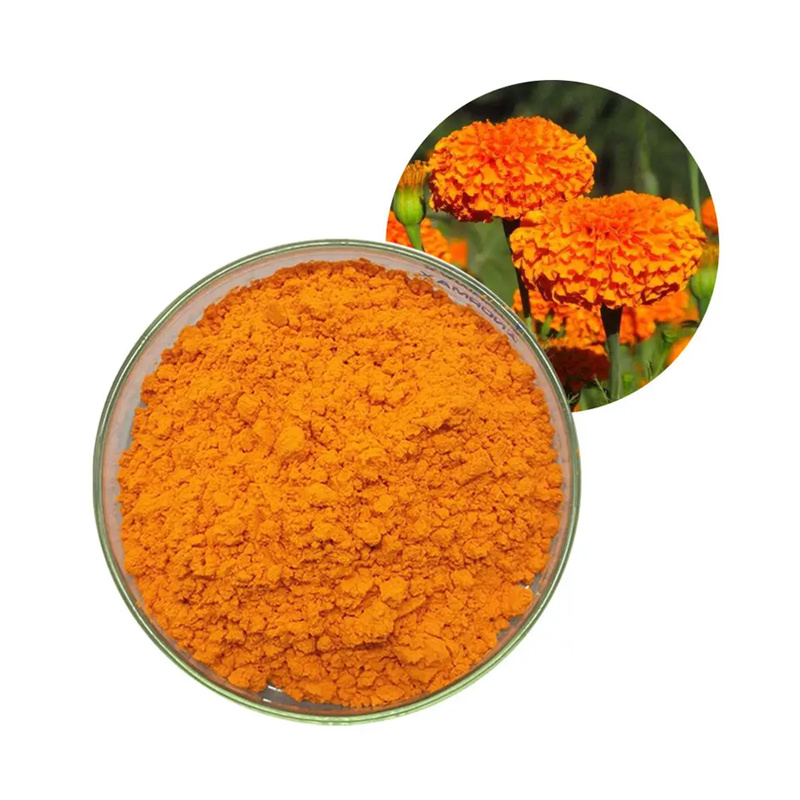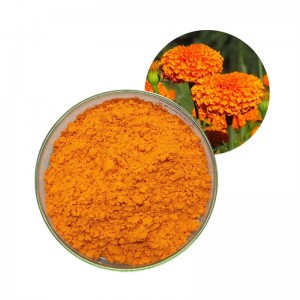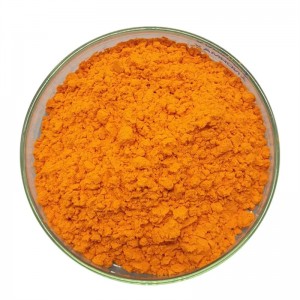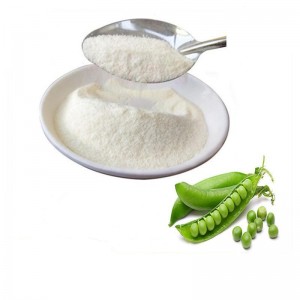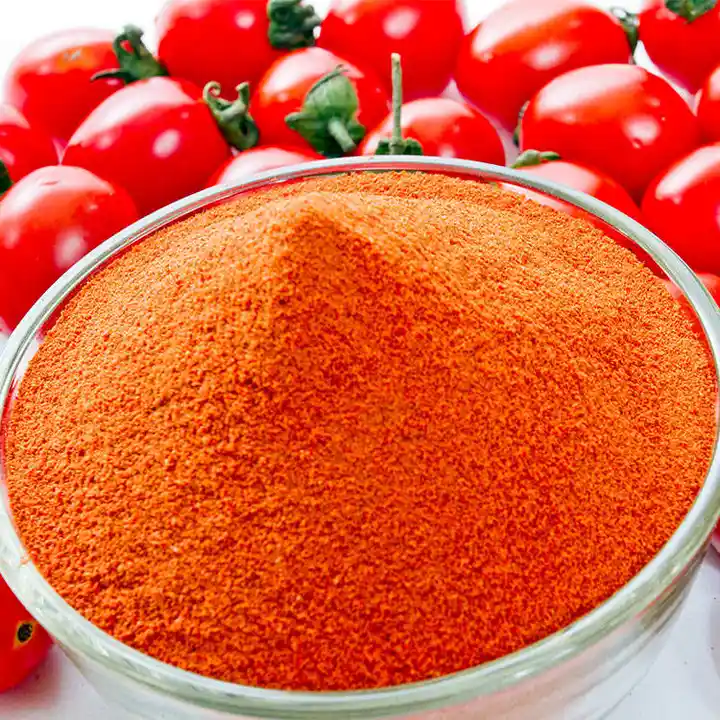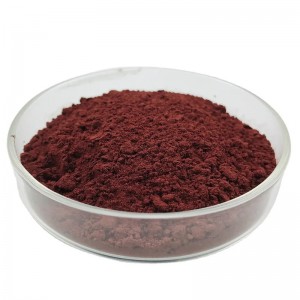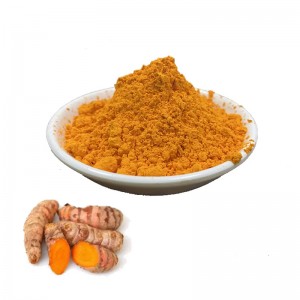| Basic Information | |
| Product name | Lutein/Xanthophyll |
| Grade | Food grade/Feed grade |
| Appearance | Yellow Powder |
| Assay | 95% |
| Shelf life | 24 months if sealed and stored properly |
| Packing | 25kg/drum |
| Characteristic | Lutein is insoluble in water and propylene glycol, but slightly soluble in oil and n-hexane. |
| Condition | Store in a well-closed container away from moisture and direct sunlight |
Description
Xanthophyll is a type of carotenoid, which belongs to photosynthetic pigments and naturally widely presents in vegetables (such as spinach, kale, broccoli, etc.), flowers, fruits and other plants. It can absorb and transfer light energy to Chlorophyll a at a particular state to convert light energy. It plays a role in protecting chlorophyll.
Pure Xanthophyll is a rhombus yellow crystal with metallic luster, and it is unstable when exposed to light and hydrogen, insoluble in water and easily soluble in grease and fatty solvents. It shall be stored in a cool dry place, away from light and air.
Function and Application
Lutein is a natural substance that widely exists in vegetables, flowers, fruits and other plants. It lives in the substances of the "carotenoid" family. At present, it is known that there are more than 600 kinds of carotenoids in nature. About 20 kinds of human blood and tissues. Carotenoids found in humans include dα-carotene, P1 carotenoids, cryptoxanthin, lutein, lycopene, and none of them are flavins. Medical experiments have proved that natural lutein contained in plants is an excellent antioxidant.Lutein is highly safe, non-toxic and harmless. It can be directly added to food like vitamin, lysine and other commonly used food additives.
Xanthophyll is the most important nutritive component in human retina. There is a high concentration of Xanthophyll in macula (central vision) and lens of the eye retina. The human body cannot synthesize Xanthophyll itself, and it must be taken up from food. After breaking through all difficulties, Xanthophyll goes into the lens and macular to perform antioxidant effects, and neutralize harmful free radicals, and filter out the blue light (which is harmful to the eye), and avoid oxidation damage to eyes caused by sunlight.
Natural Xanthophyll is an excellent antioxidant, which can prevent cell senescence and body organs aging when added to food with an appropriate amount. It can also prevent eyesight degeneration and blindness that caused by age-related retina macular degeneration, and can also be used as feed additives for staining of poultry meat and eggs, as well as a colorant and dietary supplements in food industry.

